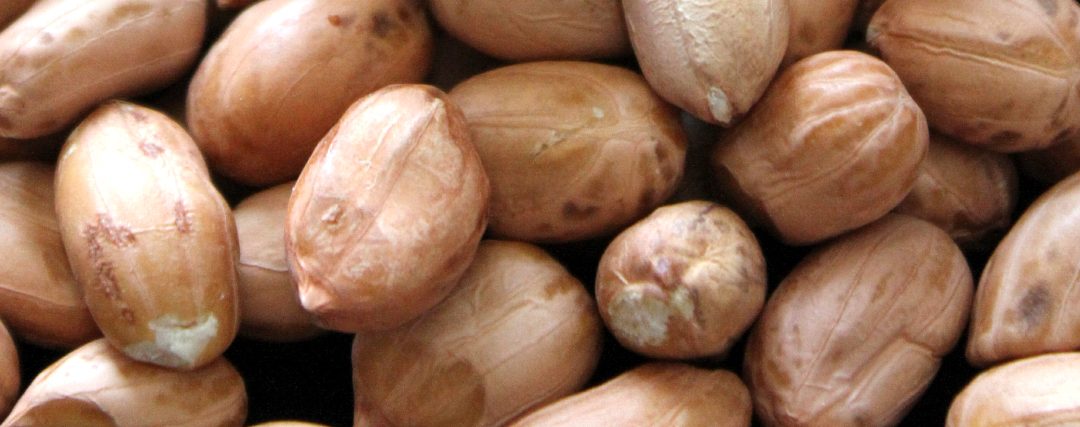Performance of Peanut Varieties in Headland, Alabama, 2019 K. Balkcom1, C.Parker2, A. Hagan3 1Extension Specialist, Department of Crop, Soils, and Environmental Sciences, 2 Associate Director, Alabama Agricultural Experiment Stations, 3 Extension Plant Pathologist, Auburn University ‘7
The mission of the Alabama Variety Testing Program is to provide research-based, unbiased results on the performance of various crop hybrids, cultivars, and varieties to the agricultural community in our state. We are intent on conducting these trials in a manner that will result in maximum biological yield through methods common to the top-producing farms in Alabama. We are committed to providing this information in a rapid, timely manner for its use during the decision-making process. The success of the program rests upon our ability to help Alabama producers provide a safe, dependable source of food and fiber for all families as well as economic sustainability for theirs”
Methods
Varieties were arranged in a randomized complete block experimental design with four replications. Plot size was two rows, 36 inches wide and 20 feet long. Land was conventional tillage and fertilized to soil test recommendations. We used 1 pt/ac sonalan and 0.45 oz./ac strongarm preplant incorporated. We applied 2 oz/ac valor pre-emergence. On June 18, we made a broadcast application of 1.5 pt/ac 2,4-DB for broad leaf control. Then hand-weeded as necessary for the remainder of the growing season. Plots were dug with a 2-row KMC digger/inverter. After a few days of field drying, plots were harvested with a 2-row Lilliston peanut combine. Plot bags were dried on a peerless dryer wagon then moisture was sampled. Each bag was weighed separately and a grade sample was taken from each plot to be graded for TSMK, other kernels, and damage.

